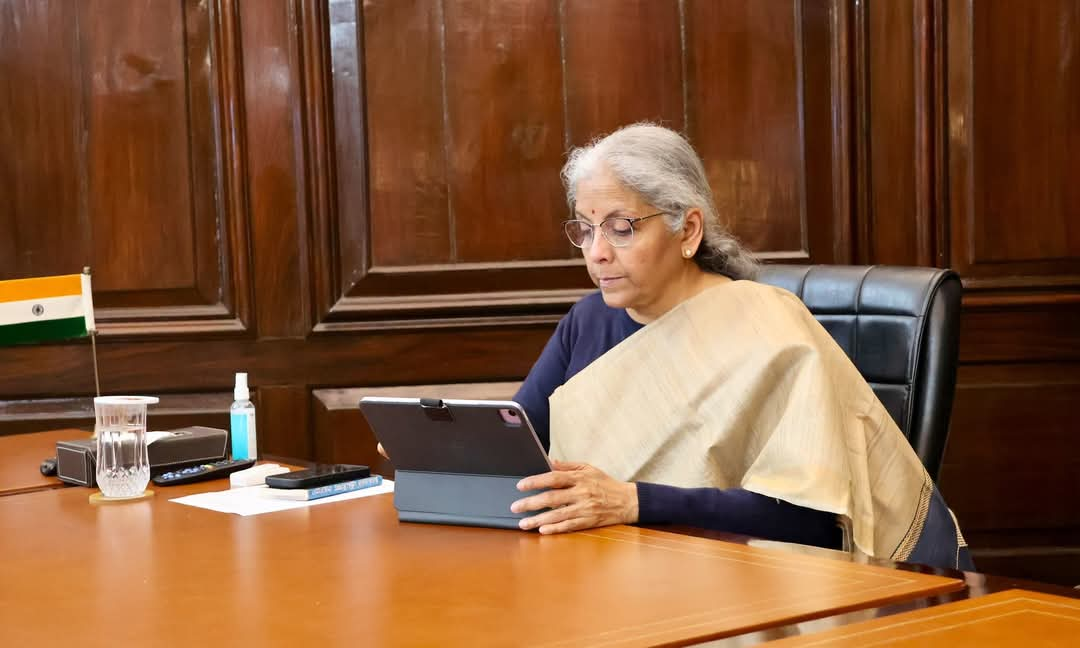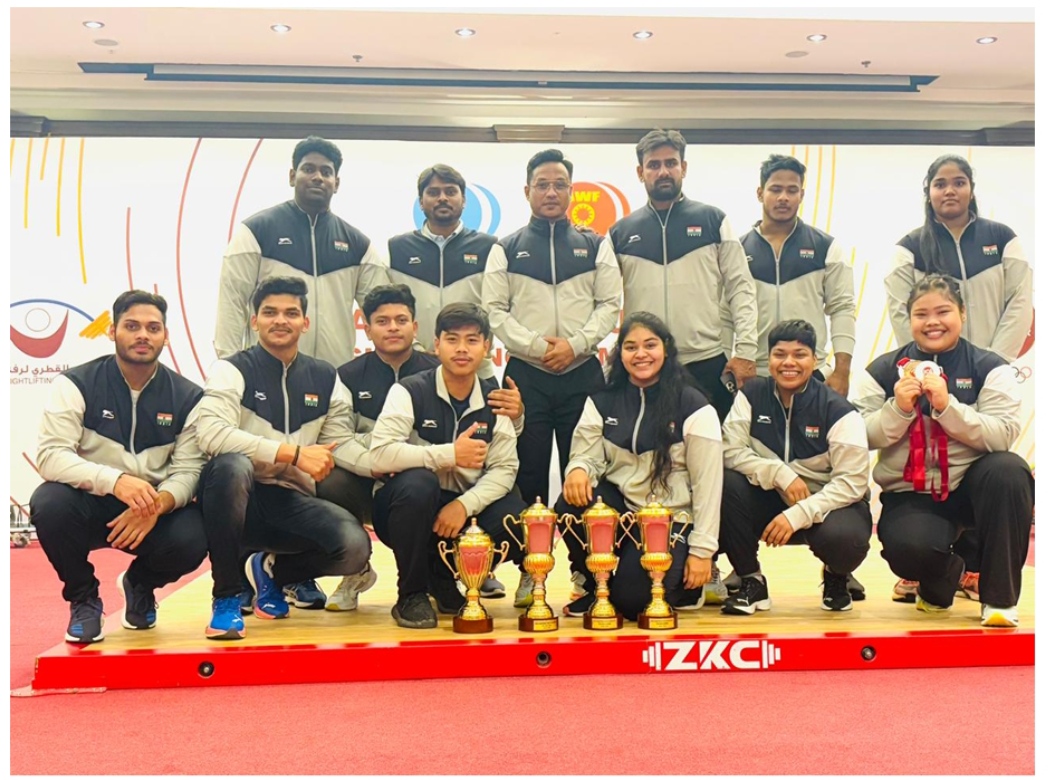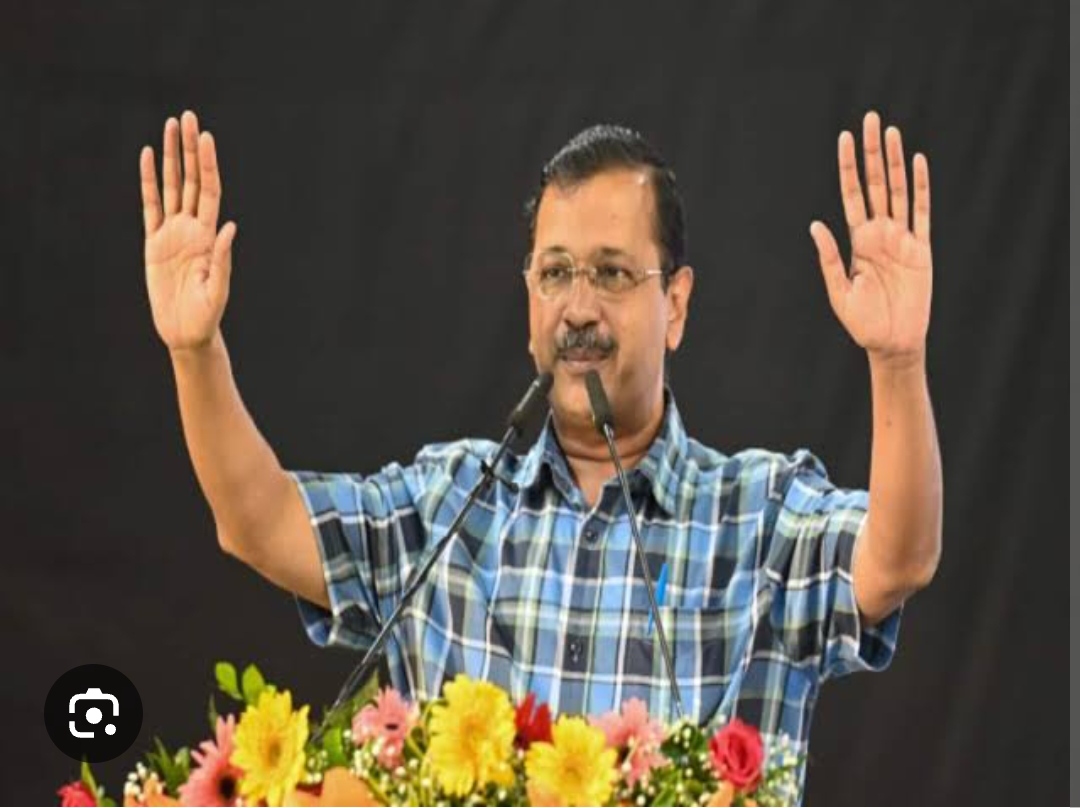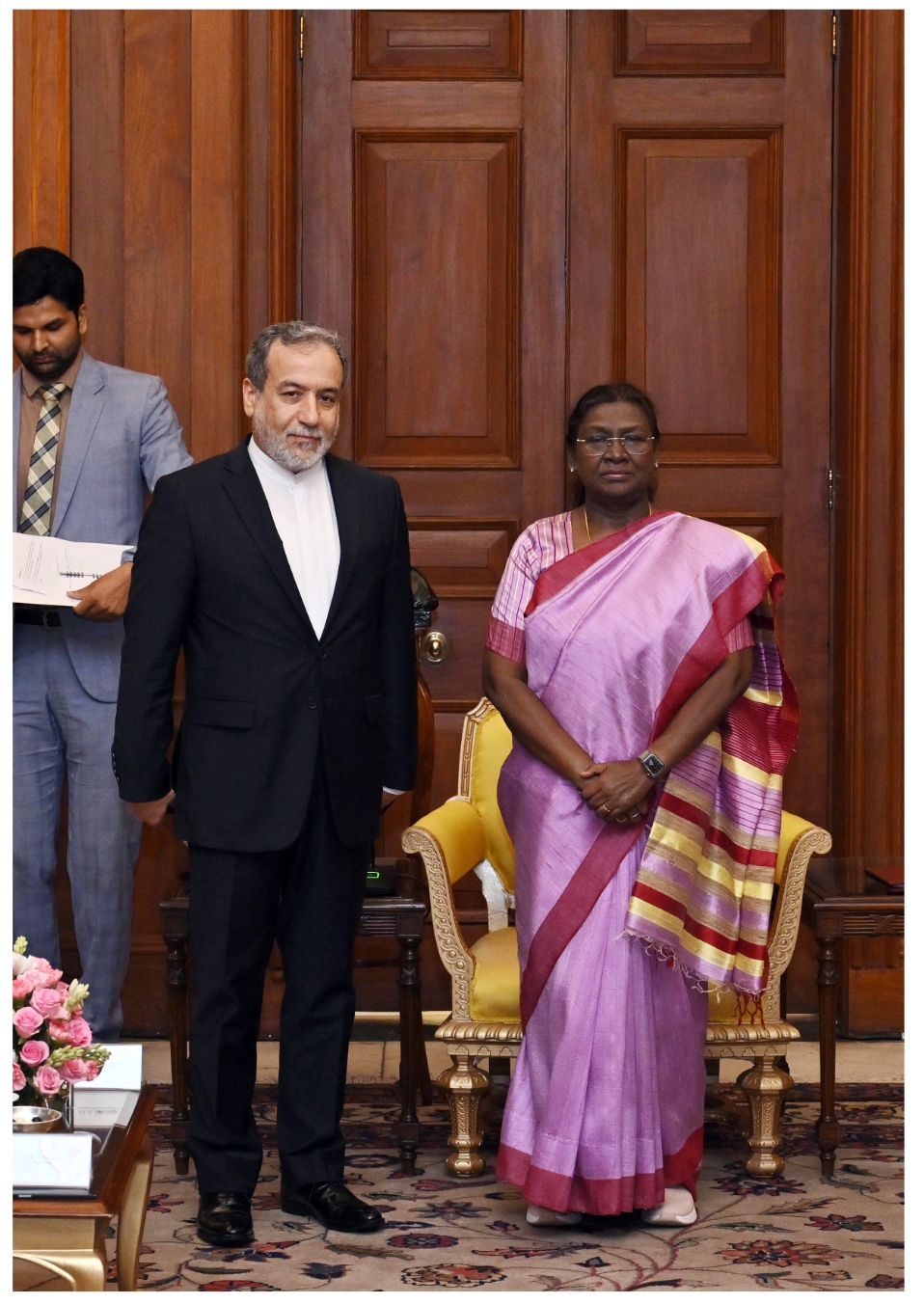Union Budget 2025-26: A Comprehensive Roadmap for Growth and Development.
Highlights of the Union Budget Presented by Finance Minister Nirmala Sitharaman.
New Delhi:
Union Minister for Finance and Corporate Affairs, Nirmala Sitharaman, presented the Union Budget for the financial year 2025-26 in the Parliament. The budget reflects a strong focus on fostering growth across key sectors, promoting sustainability, enhancing digital innovation, and investing in human capital. With an ambitious allocation of resources, the government aims to boost the economy, empower rural India, and enhance infrastructure for future development. Here are the key highlights:
Budget Overview
- Total Receipts and Expenditure: Rs. 34.96 lakh crore in receipts, Rs. 50.65 lakh crore in expenditure.
- Fiscal Deficit: 4.4% of GDP.
- Net Tax Receipts: Rs. 28.37 lakh crore.
- Capital Expenditure (Capex): Rs. 11.21 lakh crore, representing 3.1% of GDP.
Agriculture and Rural Development
- Prime Minister Dhan-Dhaanya Krishi Yojana: A new program for 100 agricultural districts with low productivity, aiming to benefit 1.7 crore farmers.
- Aatmanirbharta in Pulses: A 6-year mission to promote domestic pulses production, with a focus on Tur, Urad, and Masoor.
- Fisheries and Cotton Farming: A framework for sustainable fisheries and a 5-year mission to improve cotton farming productivity, including a focus on extra-long staple cotton varieties.
- Makhana Board: A dedicated board for the production, processing, and marketing of Makhana in Bihar.
MSMEs and Startups
- Revised MSME Classification: Investment and turnover limits for MSMEs doubled to enhance growth and ease of doing business.
- Customized Credit Cards: Rs. 5 lakh limit credit cards for micro-enterprises registered on the Udyam portal, with 10 lakh cards to be issued in the first year.
- Fund of Funds for Startups: A Rs. 10,000 crore expansion to promote innovation and entrepreneurship.
Investment in Education and Skills
- Saksham Anganwadi and Poshan 2.0: Enhanced nutritional support for Anganwadi centers.
- 50,000 Atal Tinkering Labs: To be set up in government schools over the next five years, fostering innovation and technical skills.
- Expansion of IITs and Medical Education: Infrastructure to accommodate 6,500 more students at IITs and an additional 10,000 medical seats to meet growing demand.
- AI in Education: Establishment of a Rs. 500 crore Centre of Excellence in Artificial Intelligence.
Infrastructure and Urban Development
- Public-Private Partnership (PPP): A 3-year pipeline of projects in PPP mode to boost infrastructure across sectors.
- Urban Challenge Fund: Rs. 1 lakh crore to implement city development plans, with a focus on water, sanitation, and urban renewal.
- UDAN Scheme Expansion: Modifications to enhance regional air connectivity, adding 120 new destinations and aiming for 4 crore passengers in the next 10 years.
Innovation and Technology
- Research and Development Funding: Rs. 20,000 crore allocated to private sector-driven R&D initiatives.
- Gene Bank for Crops: Establishment of a second gene bank with 10 lakh germplasm lines for food and nutritional security.
- National Geospatial Mission: A new mission to develop foundational geospatial infrastructure.
Tax Reforms and Financial Sector
- Direct Tax Reforms: New tax regime with higher income tax exemptions up to Rs. 12 lakh, aimed at boosting household consumption.
- TDS Rationalization: Increased limits for senior citizens, rent deductions, and a simplified tax structure for ease of compliance.
- Foreign Direct Investment: Increase in FDI limit in the insurance sector from 74% to 100%, and the introduction of a credit enhancement facility for infrastructure bonds.
Indirect Tax Reforms
- Customs Tariff Rationalization: Removal of seven tariff rates, simplifying the structure to only eight remaining rates.
- Support to Domestic Manufacturing: Exemptions on critical minerals, textile machinery, and lithium-ion battery components to boost domestic production and value addition.
- Export Promotion: Extensions for export timelines and duty exemptions for specific sectors such as leather, handicrafts, and marine products.
Social Welfare and Employment
- PM SVANidhi Scheme Revamp: Increased loan limits and added capacity-building support for street vendors.
- Gig Workers’ Welfare: A social security scheme for online platform workers, providing healthcare, identity cards, and registration on the e-Shram portal.
- Urban Livelihoods: New initiatives to improve incomes and provide sustainable livelihoods for urban workers.
Fiscal Prudence and Debt Management
- Fiscal Deficit Target: Maintained at 4.4% of GDP, ensuring balanced spending and sustainable growth.
- Asset Monetization Plan: The second phase of asset monetization for ₹10 lakh crore to support new infrastructure projects.
- State Support: Rs. 1.5 lakh crore interest-free loans to states for capital expenditure and infrastructure reforms.
Conclusion
The Union Budget 2025-26 marks a transformative step toward strengthening India’s economic and social infrastructure, driving growth in agriculture, MSMEs, education, and technology. The government’s focus on fiscal prudence, strategic investments, and empowerment of underserved sectors is expected to lay a strong foundation for the nation’s development over the next few years. With a broad range of initiatives, the budget promises to accelerate India’s growth trajectory while focusing on inclusivity and sustainability.




